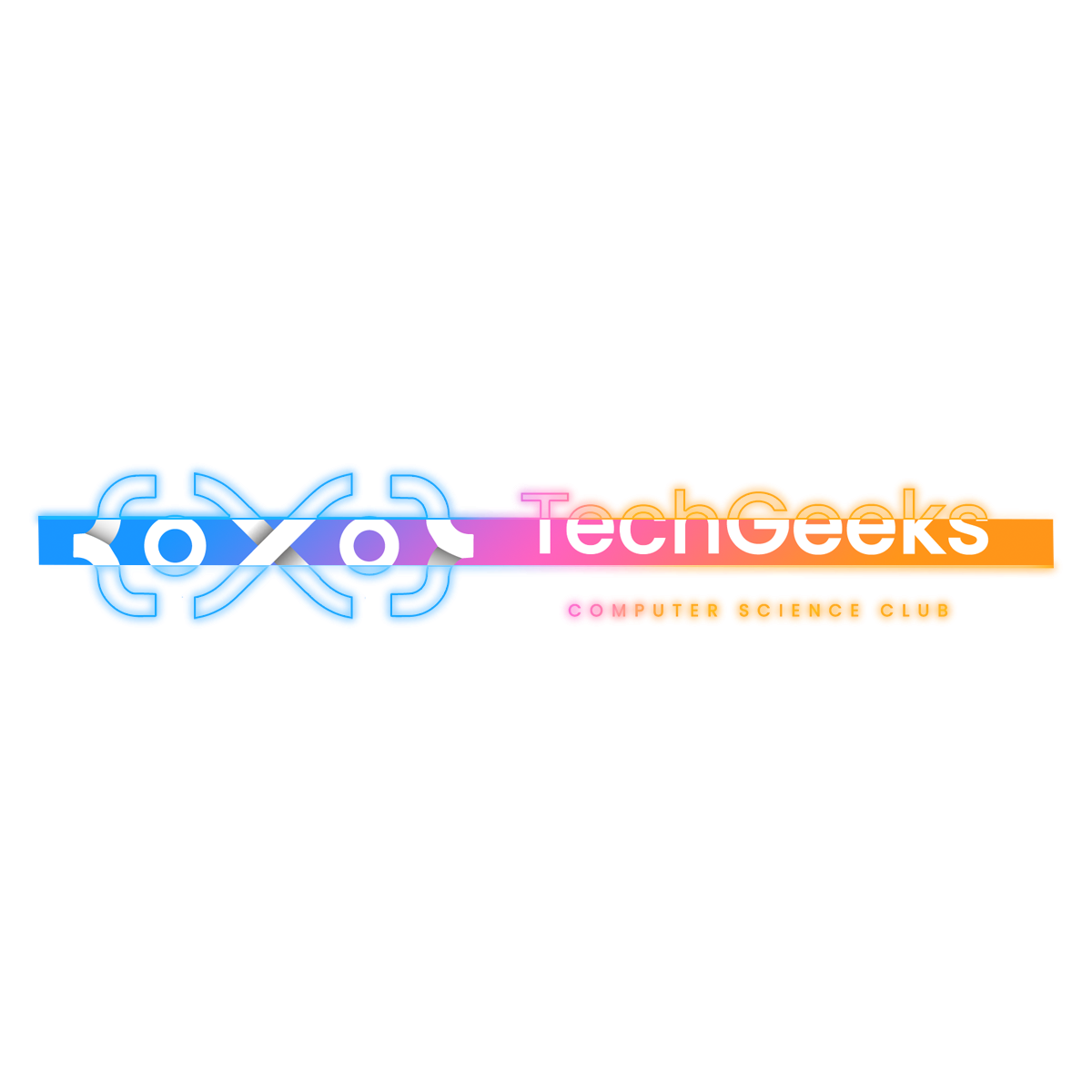TG Agregation System#
Change language
Index#
I. Introduction#
I.1 Problem Statement:#
Social media has become an integral part of our lives, especially in the business world. Whether it’s for marketing, customer service, or even for small clubs and groups like ours, it plays a crucial role. However, with so many social media platforms available, keeping up with all of them can be challenging and time-consuming.
I.2 Project Overview:#
TG Aggregation System is a specialized social media message management system designed to centralize all communications from various social media platforms into a single, unified inbox. By aggregating messages, comments, and mentions, this system enables users to view, prioritize, and respond to audience interactions seamlessly, without switching between social media apps. The platform is ideal for businesses and individuals who need to handle high volumes of social media messages efficiently and stay responsive to their audience.
II. Objectives of the Project#
Unified Messaging Centralize all social media messages into a single inbox to simplify interaction management.
Efficient Response Handling Enable users to reply directly from the platform, enhancing response time and user satisfaction.
Message Organization and Prioritization Provide tools to organize, filter, and prioritize messages for more effective engagement.
Customer Satisfaction Improvement Improve customer response rates and engagement by making it easier to manage large volumes of messages across platforms.
Data Backup Ensure data permanence with effective backup solutions to prevent the loss of critical data.
III. Key Features:#
III.1 User Space:#
Unified Inbox: Centralize messages from multiple social media platforms into a single inbox.
Message Prioritization: Filter messages based on priority, sentiment, or other criteria.
Direct Replies: Respond to messages directly from the platform.
Message Tagging: Organize messages by tagging them with labels or categories.
Message Search: Search for messages by keyword, user, or other criteria.
Simple Message Analytics: Track message volume, response times, and other metrics.
Integration with Social Media APIs: Connect to popular social media platforms like Facebook, Twitter, Instagram, LinkedIn, Telegram, Discord.
Notification: Receive alerts for new messages.
III.2 Admin Space:#
Dashboard: View message volume, response times, and other metrics.
User Management: Manage user roles, permissions, and access levels.
Avanced Message Analytics: Track message volume, response times, and other metrics.
Settings and Configuration: Customize platform settings, notifications, and other features.
Data Backup and Recovery: Ensure data permanence with effective backup solutions.
III.3 Integrations:#
Social Media APIs: Use APIs from Facebook, Instagram, Twitter, LinkedIn, etc., to pull messages and send responses from one centralized platform.
OAuth: Securely integrate social media accounts with user authentication to access and manage messaging.
IV. Technologies Stack#
IV.1 Frontend Technologies:#
use any frontend technologies you prefer.
we recommend Single Page Application (SPA) frameworks. and electron.js for desktop applications.
IV.2 Backend Technologies:#
use any backend technologies you prefer.
IV.3 Database Technologies:#
SQL Database as the primary database.
redis for caching.
V. Target Audience :#
Social Media Managers and Digital Marketing Teams: Professionals managing several accounts for brands and businesses.
Small and Medium Businesses (SMBs): Entrepreneurs and small business owners seeking streamlined social media solutions.
Marketing Agencies: Agencies handling multiple clients with complex needs for collaboration and reporting.
VI. Expected Outcomes:#
With this system, social media managers, customer support teams, and content creators will experience a more streamlined way of managing conversations across platforms. The system will enhance engagement efficiency, ensuring timely responses and helping users maintain a clear view of all interactions from multiple accounts, leading to better customer satisfaction and stronger online presence.
